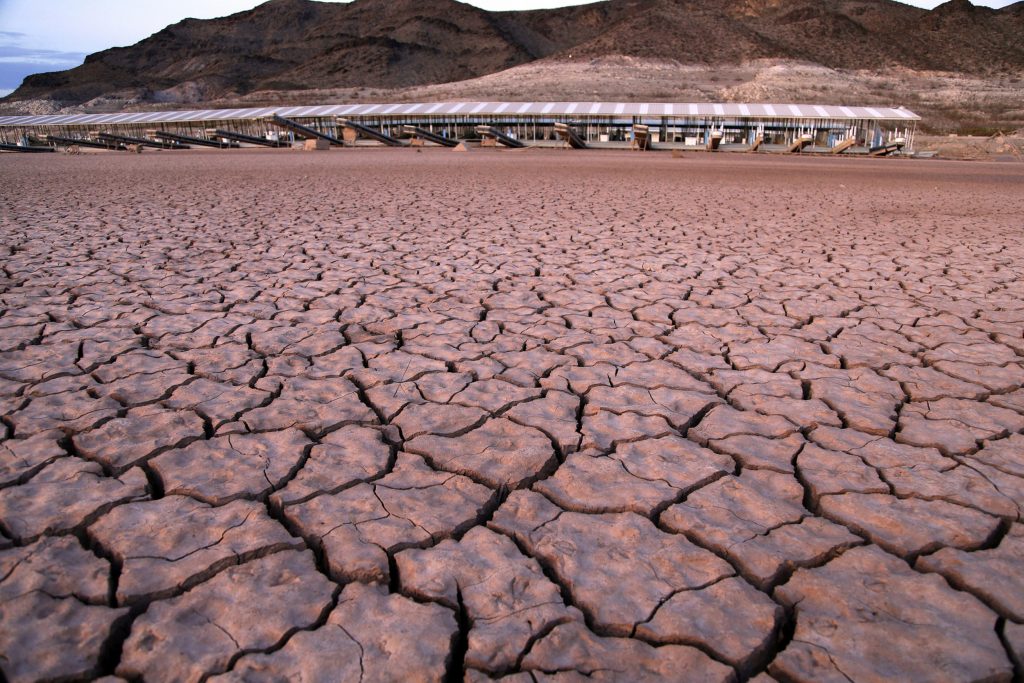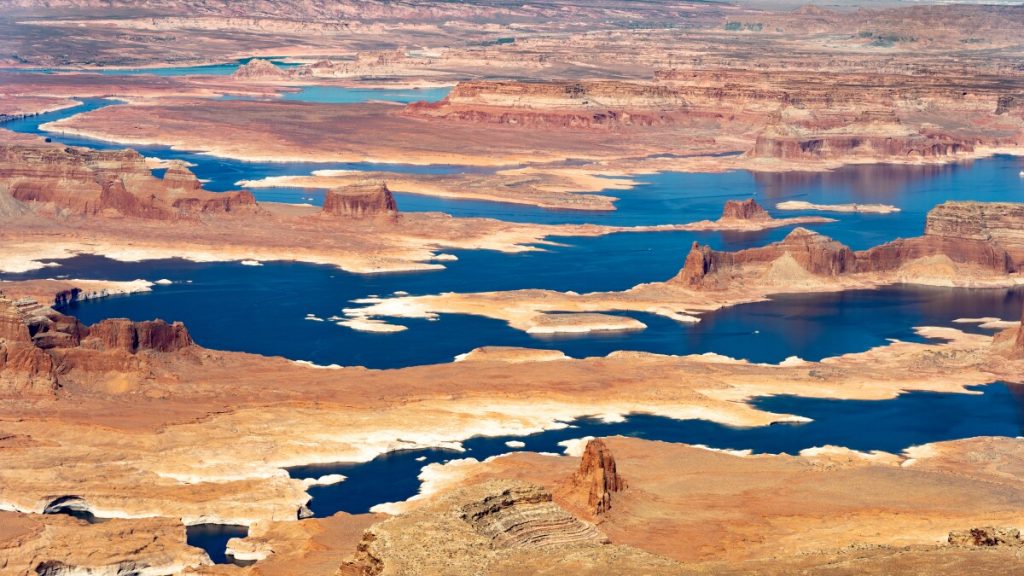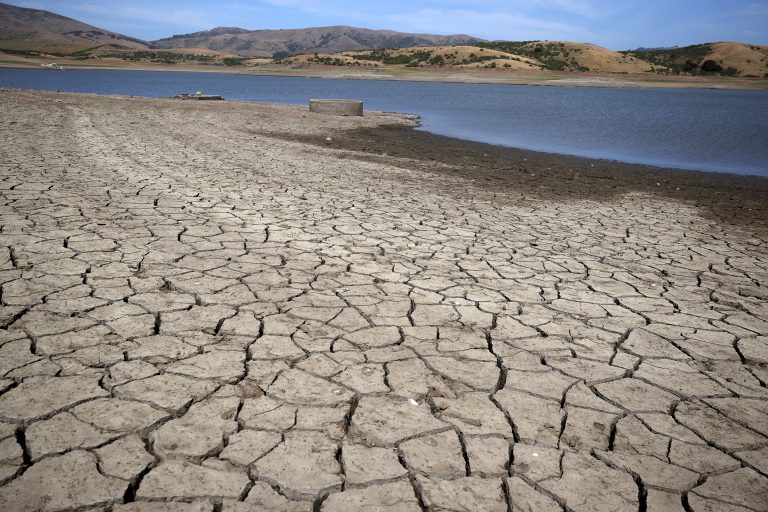Washington, DC, set a record-high temperature of 100 degrees Fahrenheit in June 1988, when NASA climatologist James Hansen spoke before Congress on global warming. Extreme heat waves plagued the summer, while drought struck 40 states.
His admonition was regarded as a momentous wake-up call, but instead of heeding the existential smoke alarm, America changed the batteries and kept on cooking.
Nearly 40 years later, the effects of a warming planet are being felt personally in places like California and Colorado in the southwest and mountain west of the United States. The past 20 years have been marked by a “megadrought” that is regarded as the driest period in 1,200 years due to extreme temperatures and declining moisture levels.

Although aridity is a naturally occurring aspect of the southwest’s climate, the current period of aridity, which started in the year 2000, is unlike any other period since AD 800. Research into the relationship between tree rings and soil moisture led to the discovery of this. The study from 2022, which was published in the journal Nature Climate Change, attributed 42% of the hot and dry weather during the previous two decades to global warming.

In the southwest, the difficulties brought on by climate change present new opportunities. Given that both Lake Mead and Lake Powell are at record-low capacity levels, environmental organizations have suggested transferring any remaining water from Lake Powell to Lake Mead in order to conserve water. By taking this action, Lake Powell’s canyons would be restored to their pre-reservoir condition, resulting in the creation of carbon-sink landscapes and perhaps even a new national park.
As formerly extraordinary occurrences have started to become the norm, the west is currently moving into new territory. Two of the state’s most potent lakes, Lake Mead and Lake Powell, are at record lows and are shriveling. Cities like Phoenix, Arizona, and Las Vegas, Nevada, are becoming nearly uninhabitable during the summer as a result of protracted triple-digit heatwaves. Additionally, wildfires are occurring more often throughout the year because dry grasslands and woodlands are more likely than ever to catch fire.

Average annual temperatures in some parts of the southwest have increased by more than 1.5 degrees Celsius, which is widely regarded as the tipping point at which catastrophic consequences for people and the environment start to materialize. This information comes from a recent Washington Post investigation.
In a report released in February of last year, the Intergovernmental Panel on Climate Change (IPCC) described how wildfires in the southwest are destroying ponderosa pine forests and creating a hazardous “positive feedback cycle.” Rather than acting as a “carbon sink” that absorbs CO2, certain trees can actually generate greenhouse gases when burned, boosting heat, according to Camille Parmesan, an ecologist who contributed to the paper.
Visit our Buzzer World News Section for more information.




